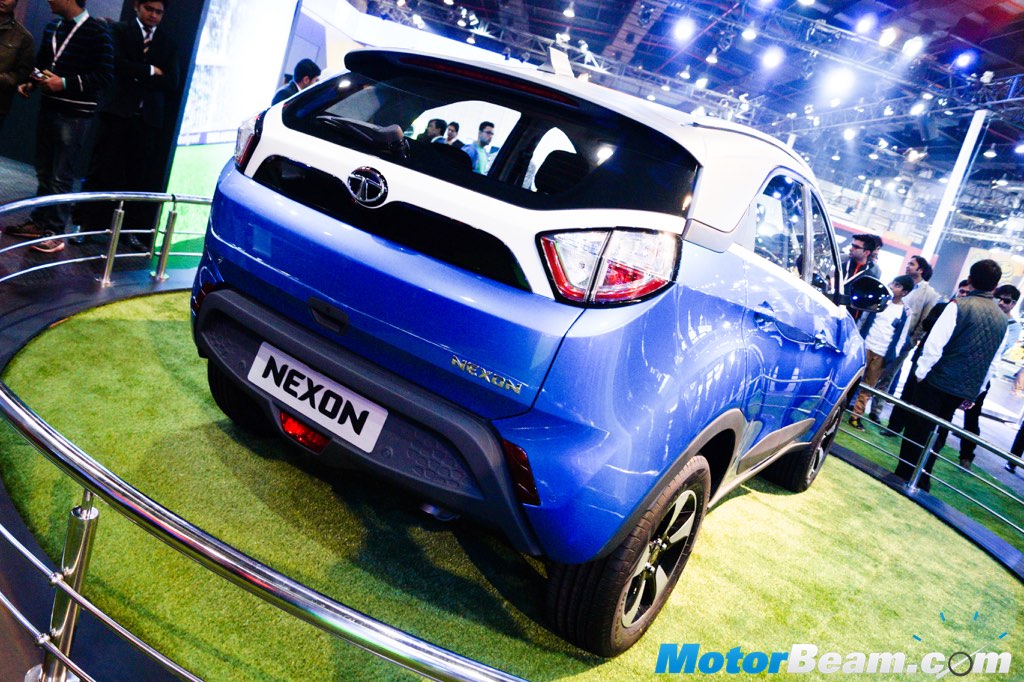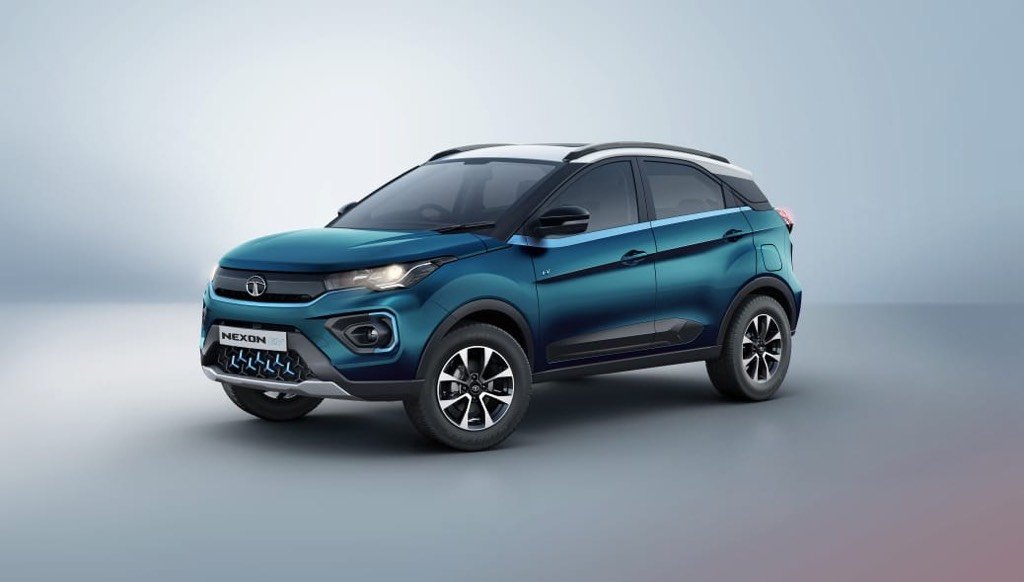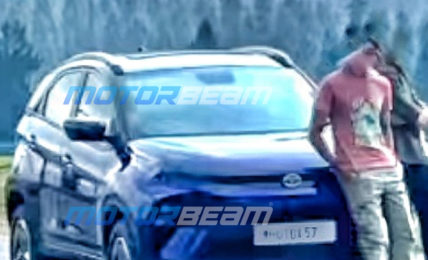The Nexon has more power but is also heavier than the Vitara Brezza
Performance – The Tata Nexon is available with both petrol and diesel engines but since the Maruti Vitara Brezza is only available with a diesel engine, we will keep this comparison limited to the diesel engines. The 1.3-litre MultiJet diesel motor in the Brezza is a proven unit, it produces 89 BHP and 200 Nm, giving this Maruti car a 0-100 km/hr time of 13.3 seconds. Meanwhile, Tata Motors has given the Nexon an all-new oil burner, the 1.5-litre unit produces 108 BHP and 260 Nm, resulting in a 0-100 km/hr time of 12.91 seconds. While the Nexon is half a second quicker, it should have been even quicker due to the much higher output but what bogs down the car is its weight.
The Nexon has an edge over the Vitara Brezza in terms of refinement
Fuel efficiency is equally good on both cars here, no automatic on offer yet
That said, in real-world usage, the Nexon’s engine outshines the Brezza’s as it has less turbo lag, making city driving a breeze while the Vitara has quite a lot of low-end lag, making city driving an effort of continuous downshifts. But the lag in the Vitara Brezza has its merits since the mid-range is strong and punchy and highway performance is better too, with an exciting top-end punch, the Maruti motor redlining at 5000 RPM against the Nexon’s 4500 RPM. Power delivery being linear in the Nexon robs away the excitement on the highway but with better NVH (less diesel clatter than the Maruti), the Tata car feels the better of the two in both performance and driveability.
This segment has a variety of options with different drivetrains
The party piece of the Tata Nexon are the multi-drive modes – Eco, City and Sports which let you alter the performance and efficiency of the car on the go, a feature unseen in mass market cars with only Tata cars having it (since the Zest was launched). Both these compact SUVs are matched to manual gearboxes only, the one on the Maruti being a 5-speed while the Nexon gets a 6-speed. The gearshifts on the Vitara Brezza are better as throws are short while the lever is a bit heavy, the Nexon has longer throws with some sort of notchiness in shifts. Both cars return a similar mileage of 14-16 km/l in the city, stretching to almost 20 km/l on the highway, the Brezza having a bigger fuel tank by 4-litres, giving it a slightly bigger tank range.
The Brezza has a stiff suspension compared to the Nexon’s softer set-up
Driving Dynamics – Maruti cars are known for handling while Tata cars are known for their ride quality. The same is true to a certain extent here as well, as Maruti tunes its suspension to be on the stiffer side while Tata Motors keeps the suspension on the softer side. The Brezza’s stiff suspension gives it a firm ride at low speeds although the ride is better than the Nexon at high speeds, translating into better high-speed stability as well. The Nexon rides beautifully at low speeds, absorbing almost everything in its stride without a hiccup but gets a bit bouncy at high speeds, both cars having good quality tyres.
Braking is good on both cars, while they also get similar sized tyres
Both cars do feel fun-to-drive but the Vitara Brezza offers better feedback
Handling is better in the Maruti Vitara Brezza although not by much, the car having less feel on the steering wheel at high speeds, compared to the Tata Nexon while feedback is richer in the Japanese vehicle. The Indian car has a lighter steering at low speeds which coupled with EPAS, ensures quicker centering and thus easier manoeuvrability in the city. Braking performance is on par in both cars but the Nexon stops better than the Brezza.




